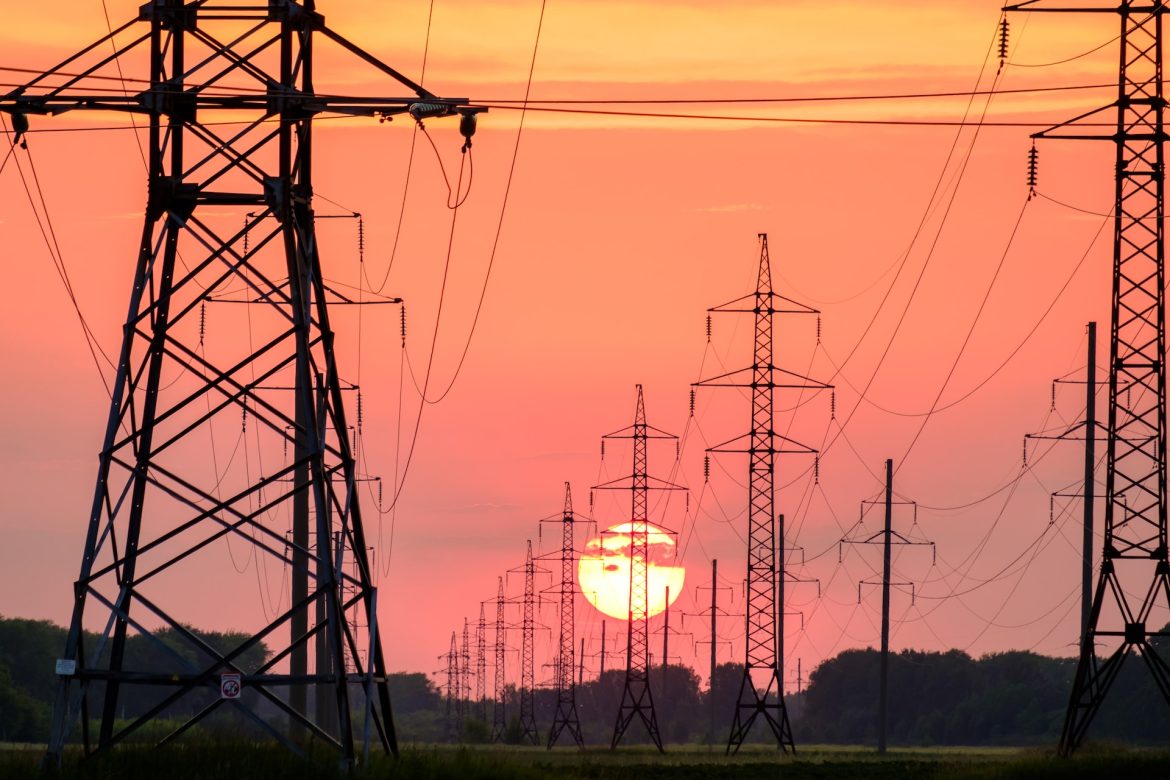In a joint move, the Tanzanian government collaborates with the European Union (EU) and the United Nations Development Programme (UNDP). Their goal? To launch Tanzania’s first Energy Efficiency Action Plan.
The plan aims to provide every Tanzanian with affordable, reliable, and modern energy. This marks a big step for Tanzania’s green future.
Key to the plan is upskilling in energy management and audits. The idea is to promote practises that lead to big energy savings.
At a recent meeting in Dar es Salaam, Robert Washija from UNDP discussed the project, as Energy Capital and Power reported. He said it aligns with the Tanzania Development Vision 2025, emphasising the role of energy in Tanzania’s growth.
The project also links with the 2030 Agenda for Sustainable Development and the SE4ALL Initiative by the United Nations.
Washija shared that the project will run from 2022 to 2024. It has a budget of 9 million euros. While the EU provides 8 million, UNDP adds 1 million euros.
Washija said the first step is to get accurate data on energy use. They will update the action plan, make an energy strategy, and set energy performance standards.
The plan covers a lot. It includes energy benchmarks for large buildings and aims to increase expertise in energy management. Another key part is making the public more aware of energy efficiency.
Washija highlighted early energy audits at places like Aga Khan and Silafrica Ltd. He said these studies helped him understand energy use and how to cut costs.
Silafrica’s CEO, Alpesh Patel, talked about the project’s benefits. He said it helped them use energy better, save costs, and make more profit. Their electricity use dropped, leading to big yearly savings.
Augustino Masse, an engineer at TIRDO, spoke about the project’s educational side. He said they aim to teach people how to use machines efficiently, reducing energy waste.
Many partners are involved, including the Tanzania Bureau of Standards and the Dar es Salaam Institute of Technology.
With such joint efforts, Tanzania is gearing up for an energy-efficient transformation, promising a greener tomorrow.



